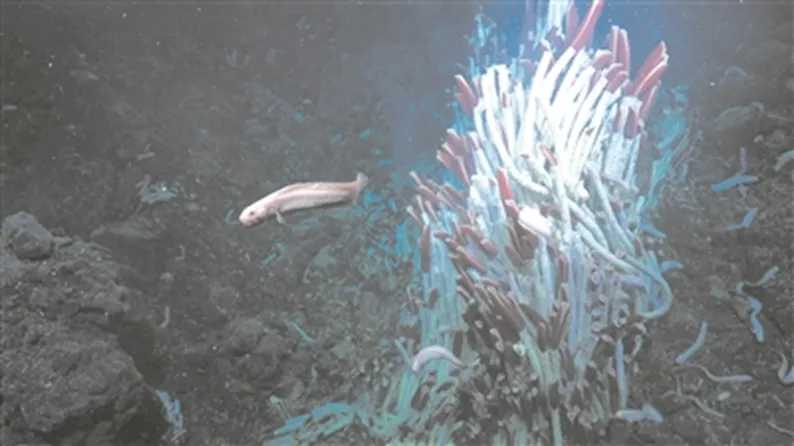The East Pacific Rise is a volcanically active ridge located at the junction of two tectonic plates on the ocean floor, with numerous hydro - thermal vents, which are the seabed fissures formed where seawater meets magma beneath the earth's crust. Previously, research had focused on the seabed organisms living around the vents, but whether there were animal lives such as tube worms and mussels beneath the seabed crust had remained to be explored.
The scientists took the research vessel "Fulong 2" of the Schmidt Ocean Institute and used the remotely - operated tool "SuB - astian" to dive multiple times to a hydro - thermal vent at a depth of 2,515 meters on the East Pacific Rise. When the mechanical arm of the tool exposed the seabed crust, they found the above - mentioned cavities, which provided a habitat for various species that had only been found on the seabed before.
This discovery expands human understanding of the deep - sea ecosystem and the adaptability of life, and has been selected as one of the top ten international scientific and technological news of 2024 released by China Media Group. It also reminds people of the urgency of preventing potential future environmental changes, although the scope of these sub - seabed animal habitats is still unknown.








